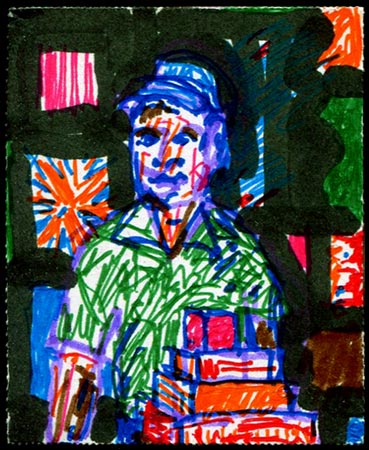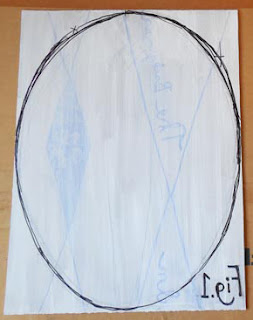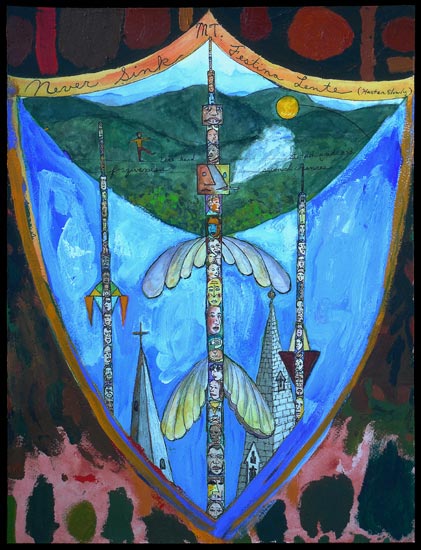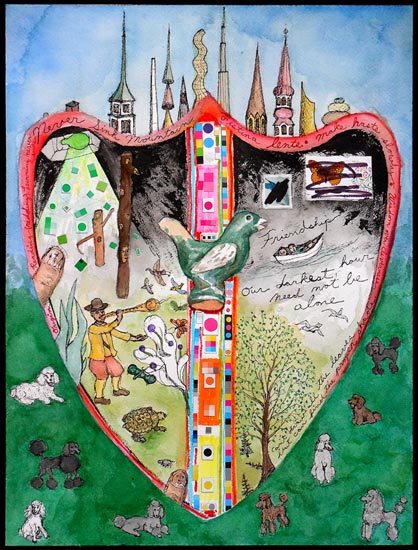
I recently wrote notes regarding what I thought qualified as meaningful art. I quickly became lost in contradictions. Craft and construction are unavoidable with regard to making art. However, quality craftsmanship does not necessarily guarantee successful art. For example, fastidiousness can bring attention and value but it can also obscure a message or expressive exploration. Success can inevitably be connected to a counter balancing perspective. A key problem I felt was determining what gave artwork its authority (i.e. what made it relevant). Prior to photography artists were closer related to artisans and had more clearly defined roles. In the digital age we are awash in imagery, and for this reason it may be harder to gauge lasting relevance.
Considering monetary value or where art housed does not identify its complete importance and arrives short of its essence. This central issue seems to require a study of cultural undercurrents. Underneath implicit technical or conceptual intent are hidden messages. Some of these messages may occur by chance and reveal more about our desires and true feelings. We detect covert information by the way it transcends proprieties (e.g. branding does this with clear visual markers of status) aimed at bringing about certifiably acceptable results. When we find art we lose ourselves of the gallery, the artist, the price tag, and acknowledge the message.

I would encourage others (myself included) to consider more deeply the concept of “living off the grid”. Extreme examples may not be possible for most people. However, there are degrees in which we can test our independence (i.e. living somewhat off the grid). When realizing our potential we are gaining the best tools to understand humanity and art is a reflection of our humanity. Insight can be gained from fixing broken products, planting trees and vegetables, writing creative letters, cooking from scratch, among other activities. Along side manually problem solving, mining for revelation is critical (i.e. a higher or alternative plane of thinking). This is not a prescription to master life, rather an effort to be deprogrammed. Inquisitiveness is a foundation. If one chooses to paint, sculpt, write, or make music in a creative way, then art may be found in the undercurrent of events.






